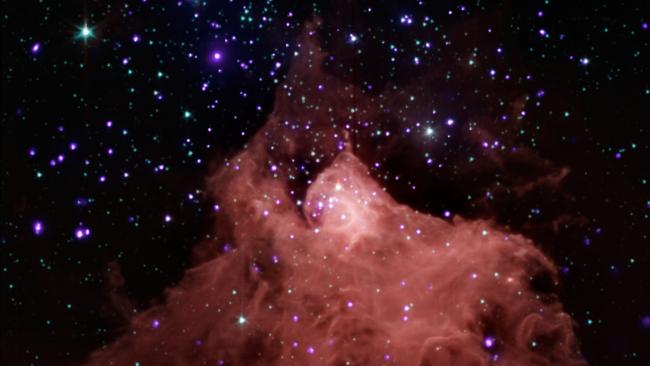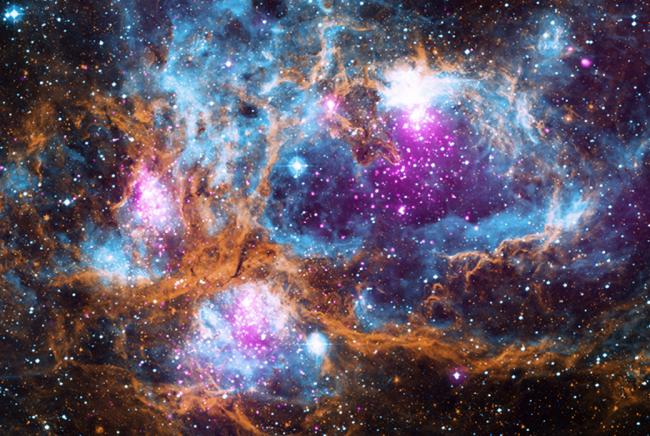Öberg Lab
The atoms that make up stars, planets, and other astronomical objects are the same kinds as we see on Earth. However, they don’t always chemically react the same ways, due to the different conditions in astronomical environments. Professor Karin Öberg’s Astrochemistry Group at the Center for Astrophysics | Harvard & Smithsonian studies the astrochemistry of star and planet formation, using experiments, telescope observations, and theoretical calculations.

The Chemistry of Newborn Planets
Stars and planets form in cold, dense nebulas known as molecular clouds. These environments are radically different from anything on Earth, yet they are important for understanding the origins of planets like ours. The Öberg Astrochemistry Group studies the way complex molecules form in these nebulas, as well as how star and planet formation affects chemical processes in the environment.
The Öberg lab uses experiments to simulate the chemistry in these systems, both to understand astrochemical reactions and to study the types of light they emit, for use in observations. The group also models chemical processes theoretically, and uses radio and infrared telescopes to study astrochemical reactions in space. Their particular focus is newborn planets, understanding how their chemistry is established during formation.

This combined X-ray, infrared, and optical light image of the nebula NGC 6357 reveals clusters of hot newborn stars. Both laboratory and astronomical research are necessary for understanding the chemical and physical processes going on in star-forming regions like this.